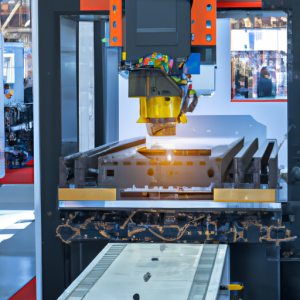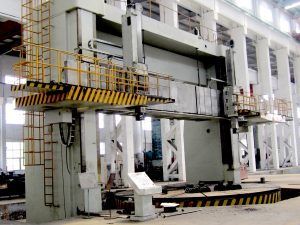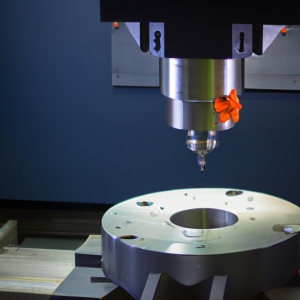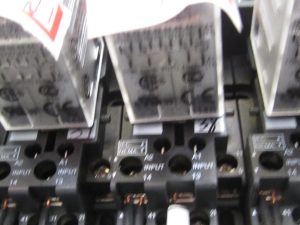In the world of manufacturing, choosing the right machining method is crucial for achieving optimal productivity, quality, and cost-efficiency. Weish CNC, a leading CNC machine manufacturer, provides a detailed comparison between CNC (Computer Numerical Control) machining and manual machining. Understanding the pros and cons of each method can help manufacturers make informed decisions based on their specific needs and applications.
CNC Machining
What is CNC Machining?
CNC machining involves the use of computerized controls to operate and manipulate machine tools, such as lathes, mills, and routers, to shape and cut materials with high precision.
Pros of CNC Machining:
- Precision and Accuracy:
High Precision: CNC machines are capable of producing parts with extremely tight tolerances and high repeatability.
Consistency: The computer-controlled process ensures that each part is produced exactly the same, reducing human error. - Efficiency and Productivity:
High Speed: CNC machines can operate at high speeds, significantly reducing production time.
Automation: Capable of running unattended, CNC machines can operate continuously, increasing productivity and reducing labor costs. - Complex Designs:
Versatility: CNC machines can produce complex geometries that would be difficult or impossible to achieve with manual machining.
Multi-Axis Capabilities: Advanced CNC machines can move along multiple axes, enabling intricate and detailed work. - Flexibility:
Quick Setup: CNC machines can be quickly reprogrammed for different tasks, making them ideal for both small and large production runs.
Material Compatibility: Suitable for machining a wide range of materials, including metals, plastics, and composites.

Cons of CNC Machining:
- Initial Investment:
High Cost: CNC machines have a higher initial cost compared to manual machines, which can be a significant investment for small manufacturers.
Maintenance: Regular maintenance and potential repair costs can add to the overall expense. - Programming Requirements:
Skill Needed: Operating a CNC machine requires knowledge of programming and software, which may necessitate additional training for operators.
Setup Time: Initial setup and programming can be time-consuming, especially for complex parts.
Manual Machining
What is Manual Machining?
Manual machining involves the use of hand-operated machine tools to cut and shape materials. This method relies on the skill and experience of the operator.
Pros of Manual Machining:
- Lower Initial Cost:
Affordability: Manual machines are generally less expensive than CNC Machine Center With 5 Axis, making them accessible to smaller manufacturers and workshops.
Low Maintenance: Manual machines typically require less maintenance and have lower repair costs. - Simplicity:
Ease of Use: Manual machines are easier to operate and do not require advanced programming skills.
Quick Setup: Minimal setup time is needed, making manual machining ideal for simple and one-off tasks. - Hands-On Control:
Flexibility: Operators have direct control over the machining process, allowing for adjustments and modifications on the fly.
Craftsmanship: Skilled machinists can produce high-quality parts through their expertise and attention to detail.
Cons of Manual Machining:
- Lower Precision:
Human Error: Manual machining is prone to human error, resulting in lower precision and consistency compared to CNC machining.
Limited Complexity: Producing complex parts with tight tolerances is challenging and time-consuming. - Labor Intensive:
Operator Dependency: Manual machining requires constant supervision and manual intervention, leading to higher labor costs.
Fatigue: Prolonged operation can lead to operator fatigue, affecting productivity and quality. - Production Speed:
Slower Process: Manual machining is generally slower than CNC machining, making it less suitable for high-volume production.
Limited Automation: Lack of automation limits the ability to run multiple machines simultaneously.
Why Choose Weish CNC
Expertise and Innovation:
- Weish CNC’s extensive experience and continuous R&D efforts in CNC machine manufacturing ensure the highest standards of quality and performance.
Customization and Flexibility:
- As an OEM/ODM partner, Weish CNC provides tailored solutions to meet specific customer requirements, ensuring optimal performance and satisfaction.
Reliable Supply Chain:
- Weish CNC collaborates with trusted suppliers and distributors to ensure consistent quality and timely delivery of CNC machines.
Global Reach:
- With a factory based in China, Weish CNC leverages its strategic location to provide high-quality products at competitive prices to clients worldwide.
Conclusion
Choosing between CNC machining and manual machining depends on the specific requirements of your manufacturing process. CNC machining offers high precision, efficiency, and the ability to produce complex designs, making it ideal for high-volume and intricate production. On the other hand, manual machining provides affordability, simplicity, and hands-on control, making it suitable for simple tasks and low-volume production. Weish CNC, a leading CNC machine manufacturer, provides comprehensive solutions tailored to meet diverse manufacturing needs. For reliable and advanced machining solutions, trust Weish CNC, your expert partner in manufacturing.





